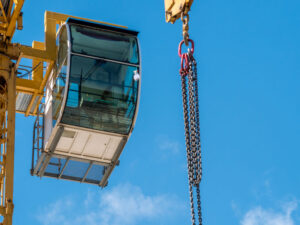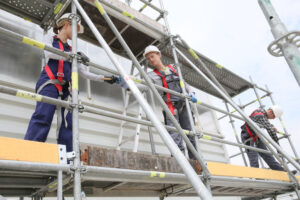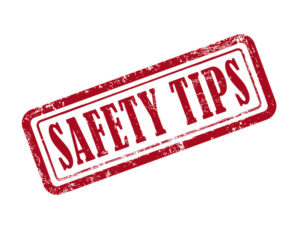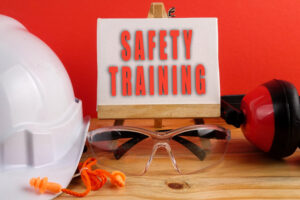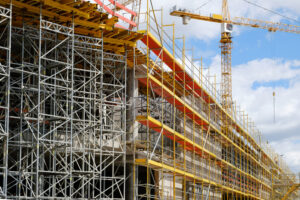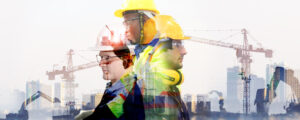Tower cranes are typically stationary and require more training regarding their physical stability and correct operation. Mobile cranes are more maneuverable as well as lighter. They require additional safety training to ensure that operators know how to maneuver them properly and don’t leave them in areas where they can be damaged or where they can put the safety of people at risk.
Because of these facts, the standards that OSHA requires for both tower and mobile cranes will differ greatly. Tower cranes only need to be inspected once a year in most cases – although that can change, depending on how old the crane is and how often it is in operation – while mobile cranes need to be inspected much more frequently.
The size, condition and load capacity of a mobile crane will be taken very seriously during each inspection process. These details have to be accounted for, because the crane might be in operation almost all the time, and while going above the recommendation for the correct load might not damage it the first or second time, there’s no telling how that kind of strain can negatively influence the crane in the long run.
Because of such unknowns, it’s very important that all the requirements and guidelines given by OSHA for regular crane inspections and crane inspection services are followed to the letter. These guidelines can even save your life one day, or they could enable you to prevent a catastrophe that could set your company back many thousands or even millions of dollars.

